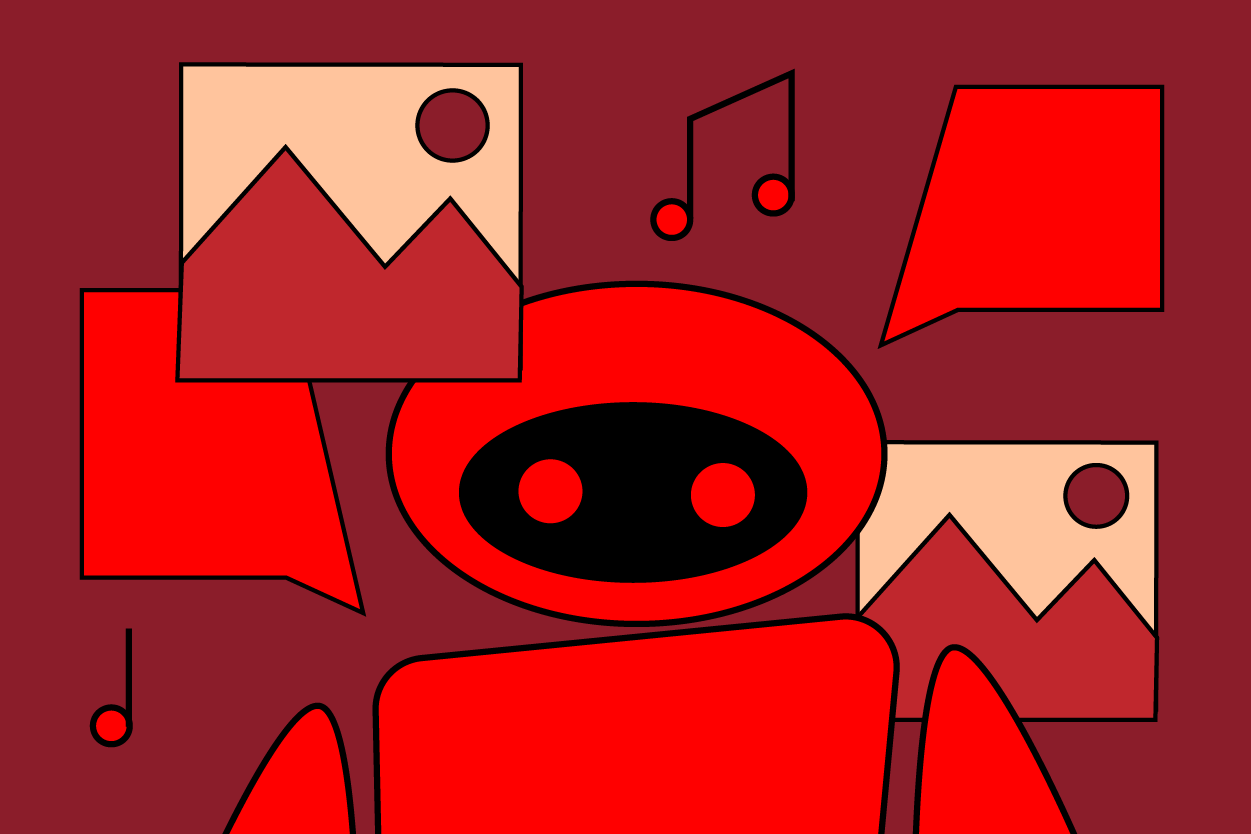Mastodon is an open-source social network that’s found popularity as an alternative to the social network X, formerly known as Twitter.
Let’s be honest: Elon Musk’s Twitter takeover in 2022 was chaotic, to say the least. Employees were let go, Twitter rebranded itself as “X,” and music publishers sued the social network for copyright infringement to the tune of $250-million. It was only a matter of time before an alternative platform drew people away from the Twitterverse. Cue Mastodon, a decentralized network run by its users.
With Mastodon, there's no Elon Musk-type behind the scenes. It's an open-source platform, and anyone with an account can examine and make changes to the code: social technology’s effort at democratization. Without a traditional chief executive officer to lead the way, the company operates with very little oversight or control, and this works just fine for Mastodon’s two million-plus monthly active users. Mastodon doesn’t look as snazzy as other social networks. Its user interface is basic, and that’s the point. It’s a straightforward micro-blogging tool.
Mastodon — who founded it, who runs the show, and when did it become so popular?
Mastodon isn’t new. Founded in 2016 by German software developer Eugen Rochkom, the platform operates on a blockchain or collection of independent servers. Social centralized networks like Twitter, Facebook, Instagram, and TikTok use closed servers that can only be modified by developers working at that company. These legacy networks have senior executives and board members. Centralized systems get their revenue from advertising, sponsored content, e-commerce, and paid subscriptions. But Mastodon is free and collects zero ad revenue, so it accepts public donations through Stripe and Patreon.
As users, we trade our eyeballs for the ability to make connections, learn, and seek community. But with that exchange comes control — corporate insight into everything from our shopping preferences to the videos we like to our demographics, location, search history and more.
Rochkom disagrees with this approach. In his opinion, a community should be about, well, the community, not the monetization of it. So, he’s created a platform that uses hashtags, timelines, bookmarking and live feeds — all features available on X — but void of materialism, for the most part. In other words, Mastodon is anti-advertising.
How can users and businesses leverage this new platform? Let’s first back up and explore the concept of decentralization through the lens of the federated universe, or the Fediverse (a hybrid take on the words federated and universe).
What are federated servers and how do they work?
A federated server is an interconnected server, like the international calling card of social media. Imagine you’re logged onto Mastodon and you’re able to communicate with a user on another social media platform. Browsing posts on Threads while logged into X, that’s the dream for this Web3 network. Mastodon is one of the leading members of the Fediverse and it uses an open protocol, or set of internet “rules” called ActivityPub, that instructs the platform to do what it does — allow people to post and aggregate content getting lots attention on the social web.
What are the benefits of a decentralized social media platform?
No disruptive ads, for starters. No corporate data collection, either. Another major benefit is the interconnectivity a united social network ecosystem provides. Want to see what your followers are posting on Instagram while simultaneously being logged into another platform? That’s what members of the Fediverse are after. Someone posts a picture on Mastodon, and you can see it on another social network that’s also part of the Fediverse. No need to log onto multiple platforms and apps. However, the real value of decentralization is that it puts users in control.
Testimonials from users describe the experience as refreshing, autonomous, privacy-friendly, accessible, and well-moderated.
How do you post on Mastodon?
There are no tweets on Planet Mastodon, only toots — but no more than 500 characters. Like X, users can search posts, hashtags, people and news in the platform’s #Explore section. Live feeds from around the world come in so quickly that it’s hard to keep up. Easily browse posts published on your server and other servers. Translate and draft posts in any language. There is an element of exclusivity in this decentralized ecosystem — some servers are invite-only. Others let you explain your interest in joining that specific community. But all that’s part of the fun.
There are four post-style categories. First, is the option to include multiple photos, screenshots, videos and audio files. You can also create polls and set warnings for sensitive content topics. Here, users can get deep and express what’s really on their minds. Like Reddit, you can boost and favorite someone’s post, so it ranks higher. This makes it community, not content. Rest assured, you can add emojis and animated avatars.
On this platform, interaction is key. Jump in and start following people and boost posts to promote discussion around topics that matter to you. Discover news from reputable sources like Associated Press, Deadline, The Hollywood Reporter, and citizen journalists.
How can users and brands leverage the Mastodon platform?
Like choosing a wireless network or email provider, you need to first pick a server to join on the Mastodon platform. A list of category and language-based servers is available on their website. You can change and add servers (also called Mastodon Instances) at any time. The more topic-specific Instances you join, the more you’ll explore the platform. See if your favorite influencers from other social networks have joined Mastodon. A micro-blogging tool at its core, Mastodon is heavy on copy and light on visuals. The absence of advertising plays a role in this, too.
Aside from posting and engaging with other users, entrepreneurs, artists and creators can use the platform to build an audience. Aspiring musicians can share their music with users in any one of the thousands of music Mastodon servers. Mastodon.ART is a dedicated server with nearly six thousand users. You can browse popular topics on Mastodon.ART without creating an account. Trending hashtags like #PhotoMonday, #TextureToday and #StreetPhotography are aggregated and ranked by use.
For brands, it’s the ideal platform. It’s a network that inspires communication without the paid media clutter and algorithms and allows its users to tap into an extended global network of like-minded people. However, just because the platform lacks advertising products doesn’t mean brand marketers can’t leverage the platform for organic reach and engagement or influencer campaigns. Announce a new collection by showcasing multiple product images in a single post. We are all consumers and at the end of the day. Don’t we all just want to be understood, validated and heard?



